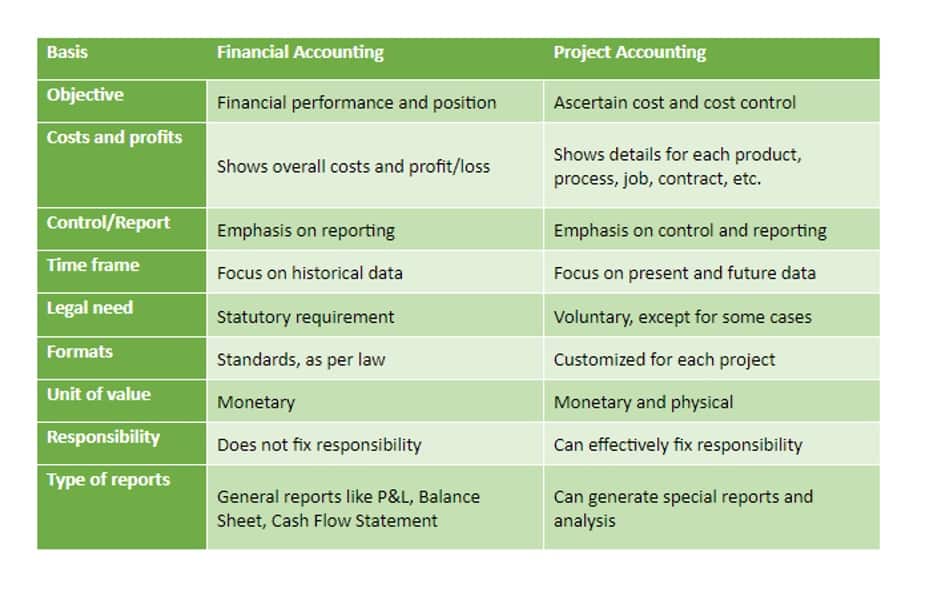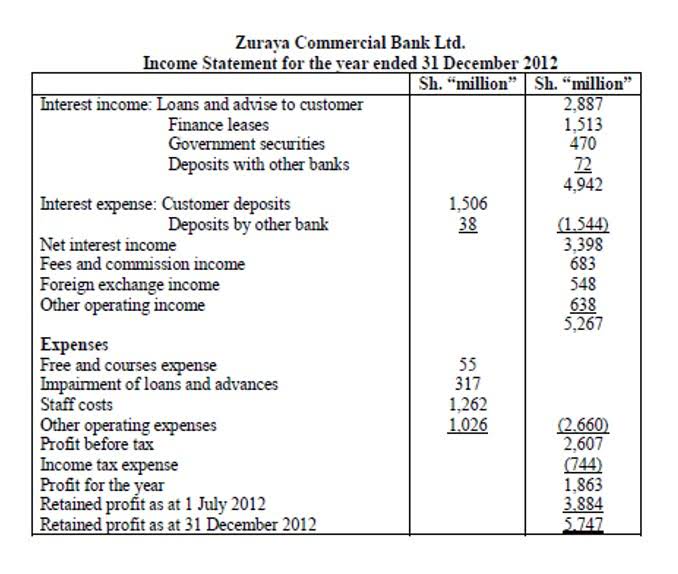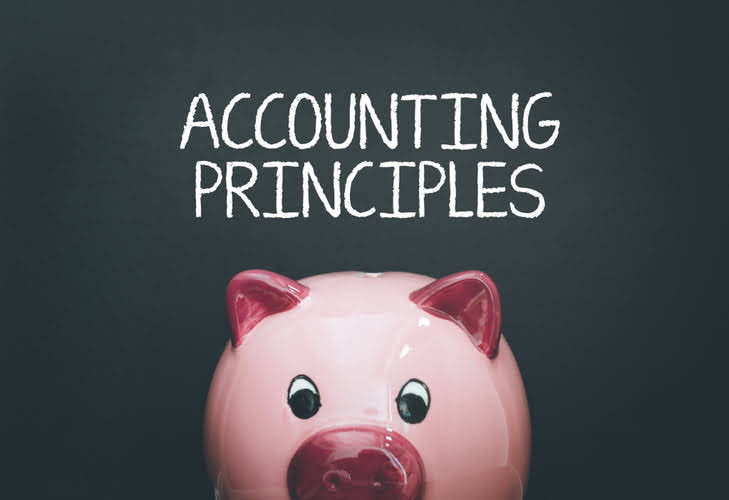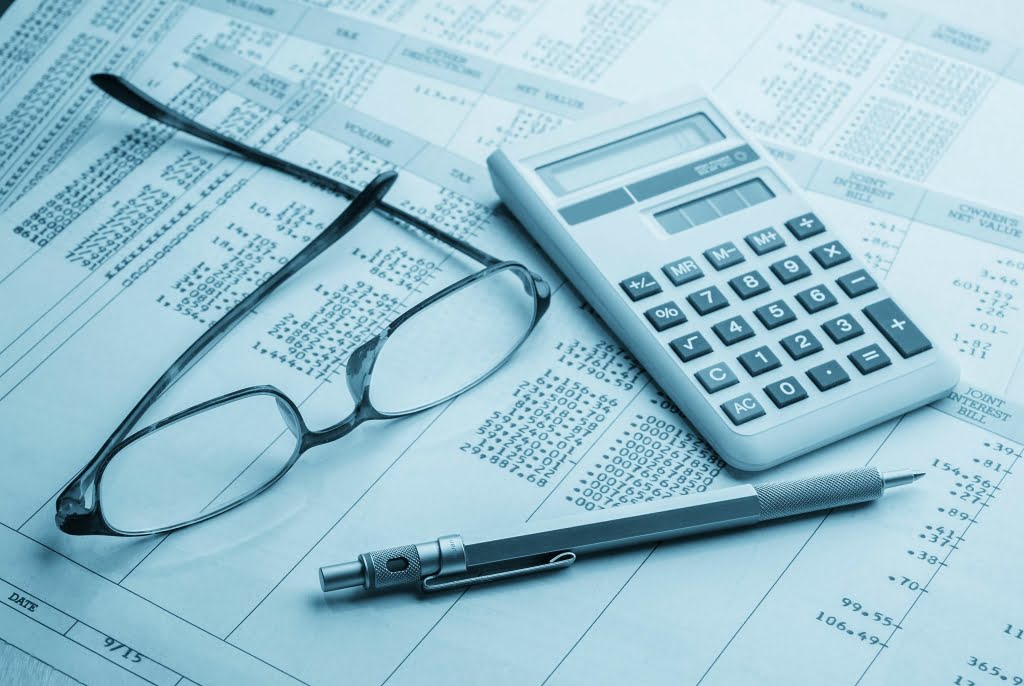
Companies may do this accidentally or for a specific reason, it is not necessarily a deliberate attempt to mislead investors. Regardless of the why Investors must remain vigilant and understand how a ratio is calculated before making decisions on whether to invest or not. Norms that exist for receivables turnover ratios are industry-based, and any business you want to compare should have a similar structure to your own. Another reason you may have a high receivables turnover is that you have strict or conservative credit policies, meaning you’re careful about who you offer credit to. When you have specific restrictions for those you offer credit to, it helps you avoid customers who aren’t credit-worthy and are more likely to put off paying their debts. Average accounts receivable is used to calculate the average amount of your outstanding invoices paid over a specific period of time.
By submitting this form, you consent to receive email from Wall Street Prep and agree to our terms of use and privacy policy.

While the receivables turnover ratio can be handy, it has its limitations like any other measurement. Credit policies that are too liberal frequently bring in too many businesses that are unstable and lack creditworthiness. If you never know if or when you’re going to get paid for your work, it can create serious cash flow problems. Of course, it’s still wise to make sure you’re not too conservative with your credit policies, as too restrictive policies lead to loss of clients and slow business growth.
- A higher turnover ratio suggests better credit management and a lower risk of default, while a declining ratio may raise concerns about the company’s ability to collect payments in a timely manner.
- Whether you use accounting software or not, someone needs to track money in and money out.
- That’s because companies of different sizes often have very different capital structures, which can greatly influence turnover calculations, and the same is often true of companies in different industries.
- For example, a company with a ratio of four, not inherently a “high” number, will appear to be performing considerably better if the average ratio for its industry is two.
- These customers may then do business with competitors who can offer and extend them the credit they need.
Businesses that complete most of their purchases by extending credit to customers tend to use accrual accounting, as it accounts for earned income that has not yet been paid. Cash basis accounting, on the other hand, simply tracks money when it’s actually paid or spent on expenses. Firstly, since the AR turnover ratio is an average, it can be influenced by customers who either make unusually early or exceptionally late payments, potentially distorting the outcome. It measures the value of a company’s sales or revenues relative to the value of its assets and indicates how efficiently a company uses its assets to generate revenue.
In the fiscal year ended December 31, 2017, there were $100,000 gross credit sales and returns of $10,000. Starting and ending accounts receivable for the year were $10,000 and $15,000, respectively. John wants to know how many times his company collects its average accounts receivable over the year. A lower ratio means you have lots of working capital tied up in outstanding receivables.
What does the A/R turnover ratio measure?
This figure does not include cash sales as cash sales do not incur accounts receivable activity. Net credit sales also incorporates sales discounts or returns from customers and is calculated as gross credit sales less these residual reductions. The receivables turnover ratio measures the efficiency with which a company is able to collect on its receivables or the credit it extends to customers. The ratio also measures how many times a company’s receivables are converted to cash in a certain period of time. The receivables turnover ratio is calculated on an annual, quarterly, or monthly basis.
Limitations of the receivables turnover ratio
By collecting cash more quickly a business can reinvest that cash to generate additional returns for shareholders. The accounts receivable (A/R) turnover calculator is a useful tool to help you evaluate A/R and cash collections. But there are a few other key points you should know about calculating A/R turns. Furthermore, because this ratio considers the average performance across your entire customer base, it lacks the precision needed to pinpoint specific accounts at risk of default. For a deeper understanding at this level, it is advisable to generate an accounts receivable aging report. The next step is to calculate the average accounts receivable, which is $22,500.
Calculating your accounts receivable turnover ratio can help you avoid negative cash flow surprises. Knowing where your business falls on this financial ratio allows you to spot and predict cash flow trends before it’s too late. For example, a company that has an accounts receivable turnover of 13.5 would indicate very efficient credit and collection processes, as it is collecting its receivables relatively frequently throughout the year. Now for the final step, the net credit sales can be divided by the average accounts receivable to determine your company’s accounts receivable turnover. Now that you know the secret to the accounts receivable turnover ratio formula calculator, the next section will use an example to show you how to calculate the the only personal finance tool that integrates with xero receivables turnover ratio.
How to Calculate (and Use) the Accounts Receivable Turnover Ratio
If the accounts receivable turnover is low, then the company’s collection processes likely need adjustments in order to fix delayed payment issues. If you are an investor considering investing in a company, you should check its account receivable turnover ratio and look for a high ratio. Generally, a high ratio will be an indicator that the company has a good credit policy and good customer base, which means a high probability that your investments will be safe and hopefully start growing. As a rule of thumb, sticking operating expenses definition with more conservative policies will typically shorten the time you have to wait for invoiced payments and save you from loads of cash flow and investor problems later on.
And as smart value investors, we like expanded operations and strong returns for shareholders. If you’re interested in learning more about financial ratio analysis, we’ve covered this framework in greater detail here. For more details on these ratios, check out our deep dive into asset management ratios. In this example, the company would enter “250,000” in the calculator’s “Average Accounts Receivable” data field. Get instant access to video lessons taught by experienced investment bankers. Learn financial statement modeling, DCF, M&A, LBO, Comps and Excel shortcuts.
You may have an inefficient collections process, or your customers may be struggling to pay. Use your ratio to determine when it’s time to tighten up your credit policies. You can use it to enforce collections practices or change how you require customers to pay their debts. Customers struggling to pay may need a gentle nudge, a payment plan, or more payment options. A higher accounts receivable turnover ratio indicates that your company collects funds from customers more often throughout the year. On the flip side, a lower turnover ratio may indicate an opportunity to collect outstanding receivables to improve your cash flow.
The accounts receivable turnover ratio serves as a convenient tool for promptly assessing collection efficiency, but it does possess certain limitations. We can interpret the ratio to mean that Company A collected its receivables 11.76 times on average that year. In other words, the company converted its receivables to cash 11.76 times that year.
As a result, customers might delay paying their receivables, which would decrease the company’s receivables turnover ratio. A high ratio can also suggest that a company is conservative when it comes to extending credit to its customers. Conservative credit policies can be beneficial since they may help companies avoid extending credit to customers who may not be able to pay on time. The accounts receivables turnover metric is most practical when compared to a company’s nearest competitors in order to determine if the company is on par with the industry average or not. Average accounts receivables is the money from previous credit sales that the business has yet receive from customers.
It most often means that your business is very efficient at collecting the money it’s owed. That’s also usually coupled with the fact that you have quality customers who pay on time. These on-time payments are significant because they improve your business’s cash flow and open up credit lines for customers to make additional purchases. Using your receivables turnover ratio, you can determine the average number of days it takes for your clients or customers to pay their invoices.







